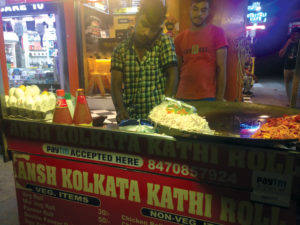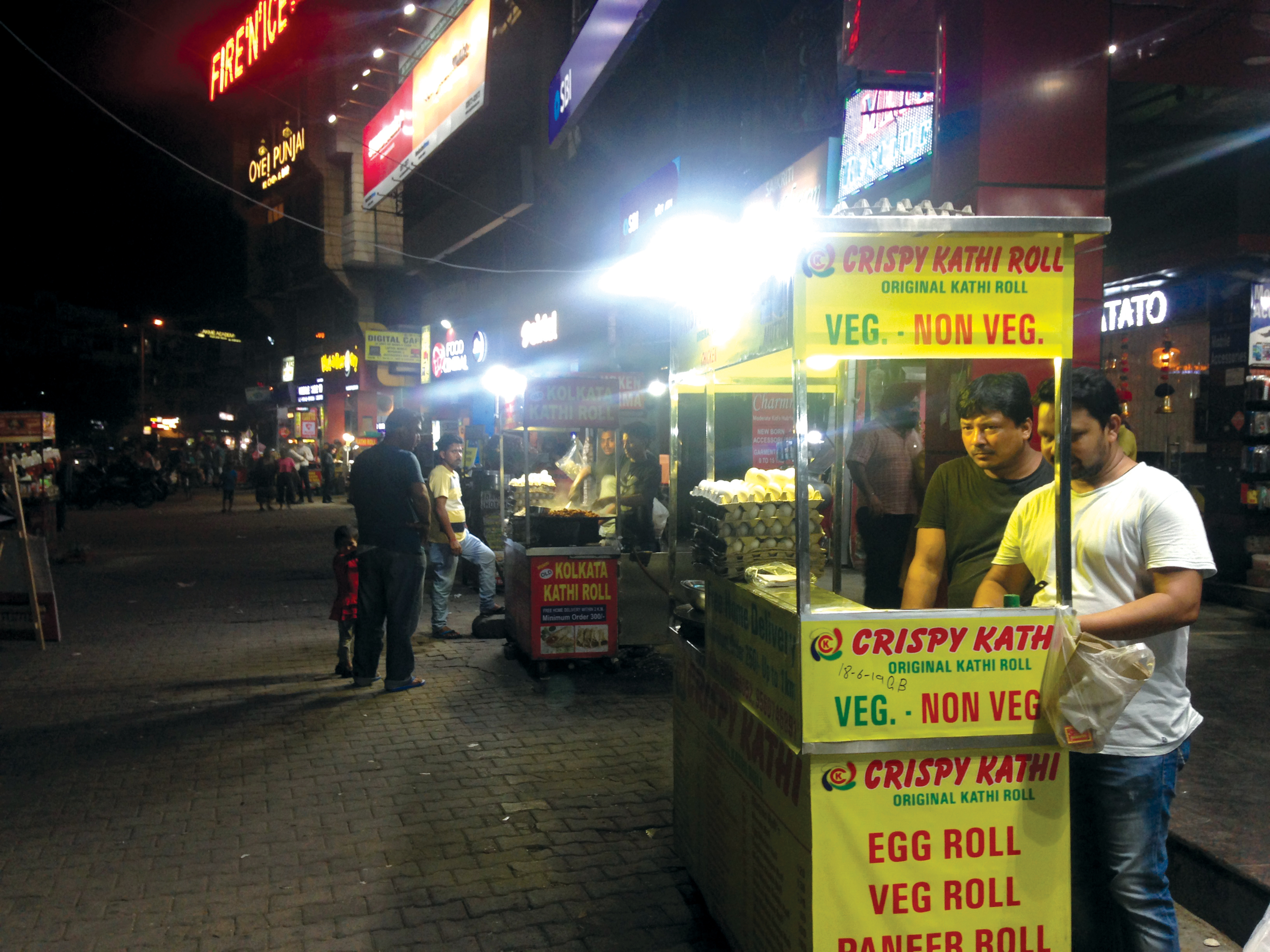What are the chances of a restaurant sending you stale food when you order online? More than the chances of a street vendor serving you rotten stuff, apparently
It was late in the evening. The menu at home did not seem inspiring. It was, after all, a Monday. The blues had kicked in the previous night, and were now creating a pervasive, distorted rhythm. The juicy momos that the restaurant close to home could provide via a few clicks on Zomato, was the joy needed by a jaded palate.
But alas, as is the case with many eateries in the city, consistency failed and how! As I picked up a momo and brought it within an inch of my mouth, I got a whiff of rancid meat.
Tears! Not literal, but if one could look inside, my stomach cried, my soul did too.
Was it the heat which had made them go off, or was the food left over from Sunday? Did they know it was stale and yet sent it my way thinking: “How would she know?”
When the synonym for diarrhoea is your city’s name — Delhi belly — then getting a generous helping of stale or contaminated food should not be surprising.

With temperatures reaching 48 degrees in summer, restaurants with inadequate freezing mechanism or general lack of appreciation for rules on food safety are a danger to unsuspecting customers.
But people of Delhi cannot resist street food, despite its bad reputation. Speaking to a few vendors and their patrons in Dwarka — who religiously eat the unhealthy-looking options — is a revelation. One lady said she had been eating street food since she was a child, so nothing affects her. She stood there on the street, wiping clean her plate of chicken shawarma and chutneys.
Uncle Shawarma’s is a small little kiosk selling, well, shawarma. People here swear by it. The boys behind the counter say they open at 1 pm and go on doling out the good stuff till 11 pm.
But how is food to stay fresh if there is no refrigeration? Ask Prem Singh, he will tell you the ways. He worked in a restaurant till he decided to start his own venture eight years back. His stall, selling egg and chicken rolls, did so well, he upgraded to a store behind the stall for a rent of Rs 1.05 lakh per month. The economics didn’t work out and he had to come back to the street.
Not dwelling on his failure for too long, he declares: “You will never get stale food from me.” Would he admit to it anyway? He justifies his statement by saying, “Over the years, we have come to know how much ingredients we require. We utilise about 5 kg of onions every day. When it gets over, I just jump on my bike and get some more.
“We don’t buy extra nor do we make extra,” he claims. “Even for the roll, we stock chicken quantities accordingly”. The chicken is cooked by afternoon and stays out in the heat — and currently rain — till it lasts.
Why not try some healthy alternative in your wrap and try to put a higher price tag? His reply: Customers wouldn’t want it. “We used to even leave the flour batter till the last minute. We wanted to make everything fresh but they want everything fast — else they go to the next shop”.
And the next shop has another one beside it. The area is inundated with options such as ‘Sikkim momos’, ‘Kolkatta roll’ and ‘Mumbai vada pao’.
Since people are in a hurry, the vendors prioritise giving quick service, which is practically a norm for the area. “If you give us time then we will also make the food as good as what you get in the restaurants, but people don’t have that patience,” says Singh.
Neeraj standing down the lane is his newest competition. He opened up a roll stall just five days back. Interestingly, he says, he first worked for India TV as a production hand, and then left for Chennai to run a shop in 2011. While that was going fine, a family emergency brought him back to the city.
“I have been coming at 5 pm and starting to make things. In all these years, people complained never that I served them bad food.” In restaurants, he says, food is cooked in the morning and then kept in a deep freezer. If it is left out or reheated a number of times, the chances of it spoiling are high. That, perhaps, explains the terrible momos delivered at home.
A momo seller in this market said I could check for myself if his product was fit for consumption, which was reassuring. There are always a few customers surrounding these street vendors, so could it be that street food is in fact better than at restaurants who are ill equipped and don’t get as much footfall?
In any case, Food Safety and Standards Authority of India (FSSAI) has started a training programme in the Capital on cleanliness and hygiene at 40 locations, covering 23,000 vendors.
The organisation also asked online delivery platforms such as Zomato and Swiggy to delist restaurants and food business operators that do not comply with its regulations.
Much recently, a report showed that only one in five eating out places in India has a food safety licence. It said that of the 2.49 million food business operators (FBOs) in the country, only 4.67 lakh have an FSSAI licence, according to ‘NRAI India Food Services Report 2019’. The survey of FBOs covered restaurants, eateries, dhabas and kiosks.





